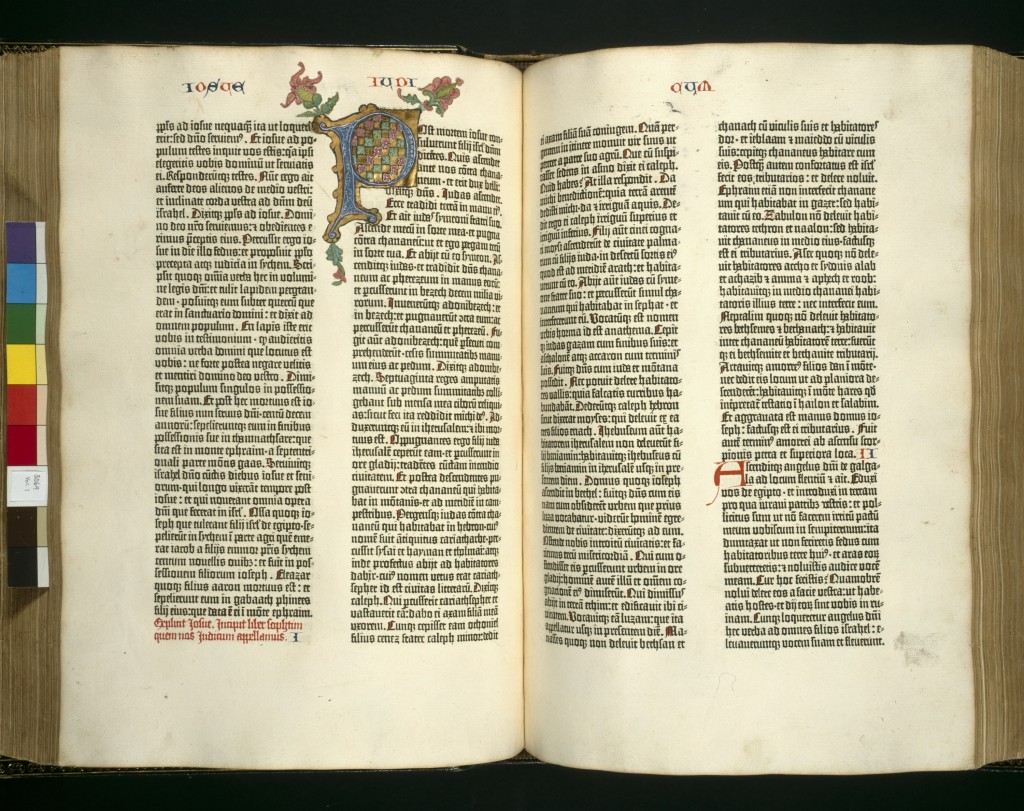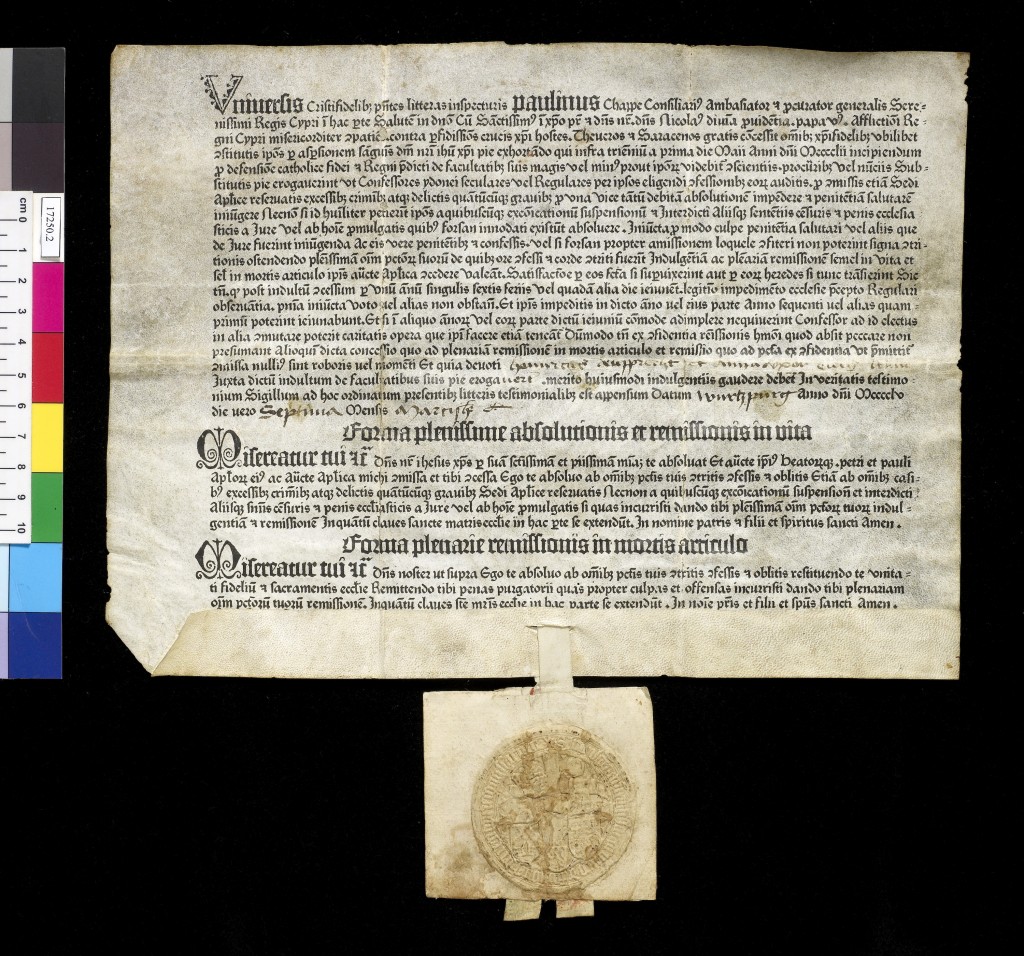When Gutenberg invented the printing press in about 1450, the long-standing oral culture was interrupted by the availability and dominance of the written word. In the 500 years since, we’ve enjoyed literacy, libraries, and mass communication (oh, the pleasures of publications like Eternity!). However, today we find ourselves emerging from what some have deemed the “Gutenberg Parenthesis”—that period of history where we lost our oral culture and learnt to read and write—into a new culture of digital orality.
According to Thomas Pettitt of the University of Southern Denmark, we are experiencing an interruption not dissimilar to that which came at the invention of the printing press. Except this time, the interruption is due to the digital revolution, and it’s heralding a return to orality via audio-visual media. The internet “makes us think in a way that is reminiscent of a ‘medieval peasant’,” says Pettitt.

Image courtesy of The University of Manchester
At such a time, it’s fascinating to look back at the invention of the Gutenberg printing press and consider just how revolutionary it was. The Bible was one of Gutenberg’s first major publications—and the western world’s first major print run. Although the tome was available only to the wealthy, the process by which it was created signalled the beginning of mass-production, and henceforth the availability of the Bible to ordinary Christians—a hallmark of the Protestant Reformation. Once printed, Bibles became affordable and priests could no longer maintain a tight grip on the interpretation and reading of the Bible.
And so, it’s quite the occasion when an original Gutenberg Bible hits our shores, which is what’s happened this month, for only the second time in the history of Australia (the only other time was when it came to Canberra in 2001).
As part of Melbourne Rare Book Week, the Baillieu Library at The University of Melbourne is displaying a Gutenberg Bible on loan from The University of Manchester’s John Rylands Library.
Anthony Tedeschi, Deputy Curator, Special Collections at the Baillieu Library says based on early evidence, such as ownership inscriptions, most copies of the Gutenberg Bible were first acquired by monasteries rather than churches or individuals and that “several copies were marked up for reading aloud at mealtimes”.
The copy which is this week in Melbourne is believed to have been owned by Augustinian monks in Alsace, France, until it was separated from the monastery during the French revolution. “The Bible was picked up by a British bookseller in London, from whom the 2nd Earl Spencer purchased the copy,” says Tedeschi.
In an interesting quirk of history, this year marks 200 years since the publication of Matthew Flinders’ account of his famous voyage around Australia. He was in fact commissioned by Lord Spencer to circumnavigate and map the continent. And the publication of the voyage occurred in the same year that Lord Spencer recorded his ownership of the Gutenberg Bible in a catalogue. How’s that for neat historical coincidence?

Image courtesy of The University of Manchester
It’s no surprise that for a book lover like Tedeschi, there’s a real excitement about the Bible making its way to Australia. But he says, viewing the Gutenberg Bible in person is a thrill for anyone with an appreciation of its significance.
“I think for not only bibliophiles and scholars, but for any member of the general public to come and see a copy of one of the first substantial books printed in the western world is a great opportunity,” he says. “The book definitely has a presence about it, and there’s nothing like seeing an actual copy of it in person.”
“The fact that there are only 48 remaining wholly or partially complete copies in existence, the chance to see an object of not only that rarity, but age and importance is not to be missed … I don’t want to belabour the point, but the first substantial book printed in Europe, I mean—there it is right before you.”
Asked what he sees when he gazes at the Bible, Tedeschi says for him, it’s all about the craftsmanship and impact.
“When I look at it, the materiality of the actual object in front of me, it’s the workmanship and craftsmanship that went into produce this book, the fact that it’s all hand-crafted, the type, the ink, the paper, etc., that tends to get me.
“However, when it comes to the Gutenberg Bible, what also stands out is the long-reaching impact the technology used to make it has had on history. It’s quite immense when you stop and think about it.”
The John Rylands Library’s copy of the Gutenberg Bible will be on display on the ground floor of the Baillieu Library at The University of Melbourne from July 18-27. Viewing hours are 11.00am to 5.00pm daily. For more information, head here.
Email This Story
Why not send this to a friend?

